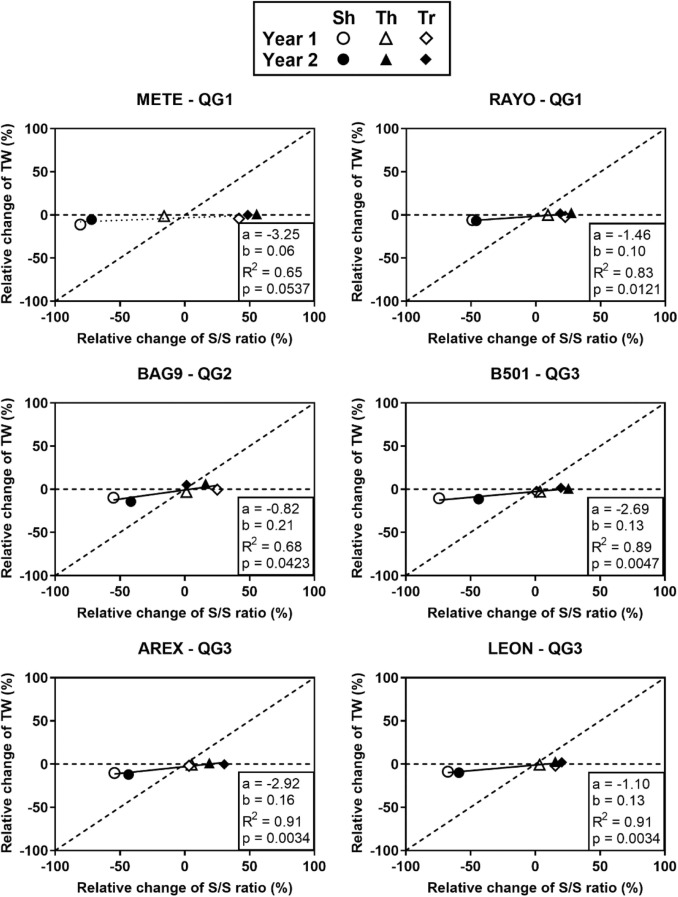Field Crops Research, Volume 301, 1 October, 2023
Highlights
- The impact of source/sink ratio on wheat grain weight and their quality were assessed.
- Genotypes differed in their grain weight stability to source/sink ratio changes.
- Test weight was more stable for genotypes with the best baking quality.
- N-S fertilization increased responses of protein percentage and test weight to source/sink ratio.
Abstract
Context
Wheat is a crop of vital importance for food security. In contrast to the accumulated knowledge for yield determination, the effect of variations in the source/sink (S/S) ratio on grain quality, and its interaction with the genotype and fertilization level, have received little attention.
Objective
This work aimed to analyze the incidence of S/S ratio changes during post-flowering on grain weight and commercial quality in bread wheat genotypes with contrasting baking aptitude, as well as to evaluate its interaction with early nitrogen-sulfur fertilization. It is hypothesized that modern wheat genotypes bred for high-yield and contrasting baking aptitudes differ in their responses to variations in the availability of assimilates during post-flowering.
Methods
Rainfed field trials were carried out in the Humid Pampas of Argentina during two years. Six wheat genotypes belonging to different quality groups were used, to which manipulative S/S treatments in post-flowering (shading, defoliation, thinning, trimming) and different levels of nitrogen-sulfur fertilization were applied. Regressions between S/S ratio (growth per grain) and grain variables (grain weight, protein content per grain, protein concentration, and test weight) were analyzed.
Results
Grain weight responses ranged from − 42% to + 31% relative to control compared to variations in S/S ratio from − 81% to + 56%, varying with the year and genotype. Relative changes of grain weight and S/S ratio were linearly associated, showing differences in stability (slope range: 0.29–0.80) among genotypes (the lower the slope, the greater the stability). Protein content per grain increased linearly with increases in the S/S relationship only for fertilized crops with N and S. As expected, protein concentration decreased when the S/S ratio increased, while test weight was the opposite. Importantly, responses varied among genotypes and fertilization levels, regardless of baking quality group.
Conclusions
Grain weight to S/S ratio after flowering relationships differed between bread wheat genotypes, even within the same quality group, while protein content stability did not differ significantly. Therefore, for the conditions of this study in high-yielding environments in the Humid Pampas, the different protein concentration responses were due to genotypic differences in grain weight stability against variations in assimilates availability during grain filling. Nitrogen-sulfur fertilization early at the crop cycle did not modify the grain weight responses to variations in the S/S ratio, although it increased their influence on the commercial quality parameters.
Implications
These findings are relevant to genetic improvement for high yield that can increase the co-limitation by source and sinks, and the occurrence of farm adversities that restrict the source capacity during post-flowering.

